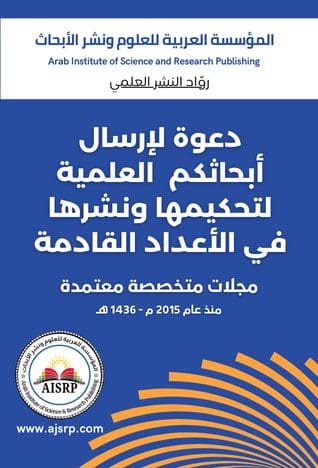Abstract:
This paper aims to find a solution for the problem of translating literary works. In the introduction, it will show the difference between literary texts and factual texts. The problem part will present the issue that is faced by the majority of the literary texts translators whether they have to translate word for word or to translate the ideas themselves by abandoning word for word translation. Then it will discuss the two axes of fidelity which are literal translation and liberal translation. In addition, it will show the results of applying each one and the opinions of some scholars in them. After that, it will illustrate the problem of literal translation by defining the concept of equivalence and its two types which are word for word equivalence and sense for sense equivalence. Also, it is going to draw attention to the hardness that comes to the surface in most cases when applying word for word equivalence. Because of having problems most of the time when applying word for word translation, this paper will discuss creativity in translating the literary texts. To elaborate more on this, it lists the mistakes that may occur in literary translation in addition to the rules of the aesthetic communication theory. In the conclusion, the paper will show that creativity is always preferable to the reader on the condition to be used on a balanced level with the fidelity of the writer’s ideas and intentions.
Keywords:literally translation, word for word translation, fidelity, liberal translation, word for word equivalence, sense for sense equivalence, creativity, aesthetic communication theory
الدقة والإبداع في الترجمة الأدبية بين اللغتين العربية والإنجليزية
الملخص
الكلمات المفتاحية: الترجمة الحرفية، الدقة، الترجمة الحرة، تكافؤ الكلمة بالكلمة، تكافؤ المعنى بالمعنى، الإبداع، النظرية الجمالية
Author /
Sereen Mahmoud Shoubash
English Language || Translation Department || Faculty of Arts and Science || University of Petra-Jordan



